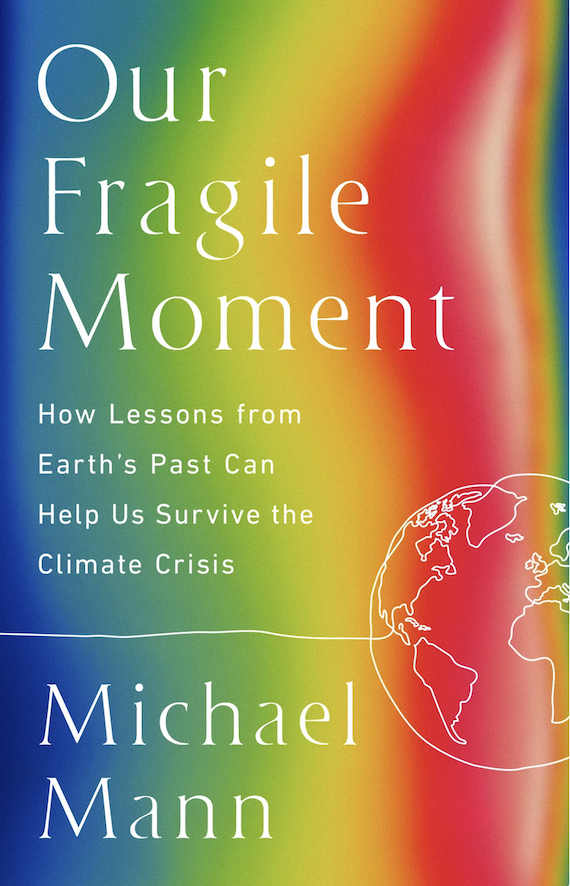Ann Arbor (Informed Comment) – The World Weather Attribution site, run by professional European climate scientists, estimated that “An event as extreme as the one observed over Libya has become up to 50 times more likely and up to 50% more intense compared to a 1.2C cooler climate.”
They mean that in the eighteenth century, when the average surface temperature of the earth was 2.16° Fahrenheit less than it is today, four days in a row of torrential rain in arid Libya would have been 50 times less likely, and if it had happened it would have been only half as intense. Half as intense might have meant that the ageing, un-repaired dams near Derna would not have collapsed, washing away 20,000 people into the Mediterranean.
There is a reason that the average surface temperature of the earth is 2.16° F. (1.2° C.) higher than in the Holocene from roughly 10,000 years Before Present to about 150 years Before Present. It is called the Industrial Revolution.
Historians such as Eric Hobsbawm wrote about the twin revolutions of the early nineteenth century the French Revolution and the Industrial Revolution, that created the modern world. The French Revolution announced a set of political ideals around equality of rights that spun out across the world, helping inspire revolutions in Haiti, Ireland and Europe (1848). Hobsbawm, a progressive, did not dwell on its other legacy, of the Great Terror and political repression. Likewise, historians of his generation did not know yet (it wasn’t their fault) that the Industrial Revolution had an even darker dark side. It unleashed the biggest emissions of carbon dioxide in the shortest amount of time in world history.
The al-Bilad and Abu Mansour dams, as the authors note, were built under Col. Moammar Gaddafi’s dictatorship in the early 1970s, as part of his turn to big infrastructure projects of high modernism. Not only hadn’t they been properly maintained, their original specifications were intended to meet the climate of the Holocene, when a four-day deluge of water could be expected to occur only once in 300 to 600 years. That is, you can’t blame the engineers for not planning for something that unlikely.
But here’s the kicker. Virtually everything ever built was built for the specifications of the Holocene, the period of human history during which civilization grew up. It is all becoming outmoded and even dangerous. Those above-ground electrical wires on poles, e.g., are implicated in some of California’s wildfires. The hurtling of 20,000 surprised Libyans into the sea is not a fluke, it is a harbinger of our future if we go on burning coal, petroleum and fossil gas at the scale we are now doing.
The authors write, “This disaster also points to the challenge of needing to design and maintain infrastructure for not just the climate of the present or the past, but also the future. In Libya, this means taking into account the long-term decline in average rainfall, and at the same time, the increase in extreme rainfall like this heavy rainfall event; a challenging prospect, especially for a country plagued by crises.”
In the earth’s 4.5 billion-years-old history, there have been many times when a sudden increase in carbon dioxide has led to an increase in the surface temperature of the earth, as is detailed by Professor Michael E. Mann in his new book, 
Our Fragile Moment. In these previous episodes, however, volcanic activity over millions of years gradually spewed more and more CO2 into the atmosphere, so that they very gradually heated up the earth. The fiendishly clever human race has figured out how to do over the space of 200 years what previous climate-altering phenomena took millions of years to do.
We can also halt the worst of the disaster by switching quickly to green energy. In fact, this is our Darwinian moment, which will reveal whether we are intelligent and “fit” enough to survive ourselves.


 © 2025 All Rights Reserved
© 2025 All Rights Reserved